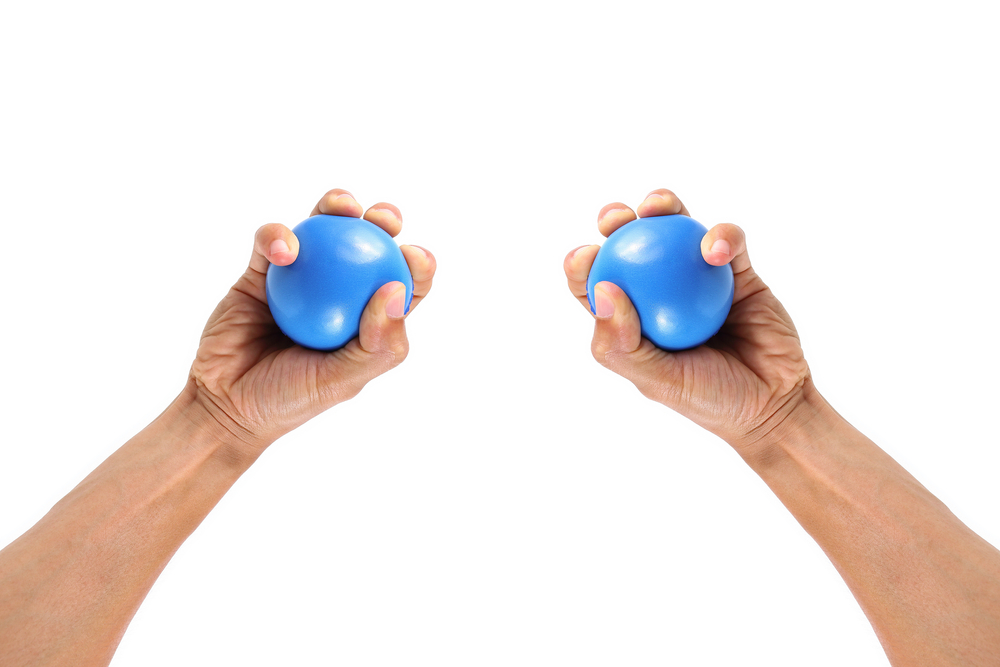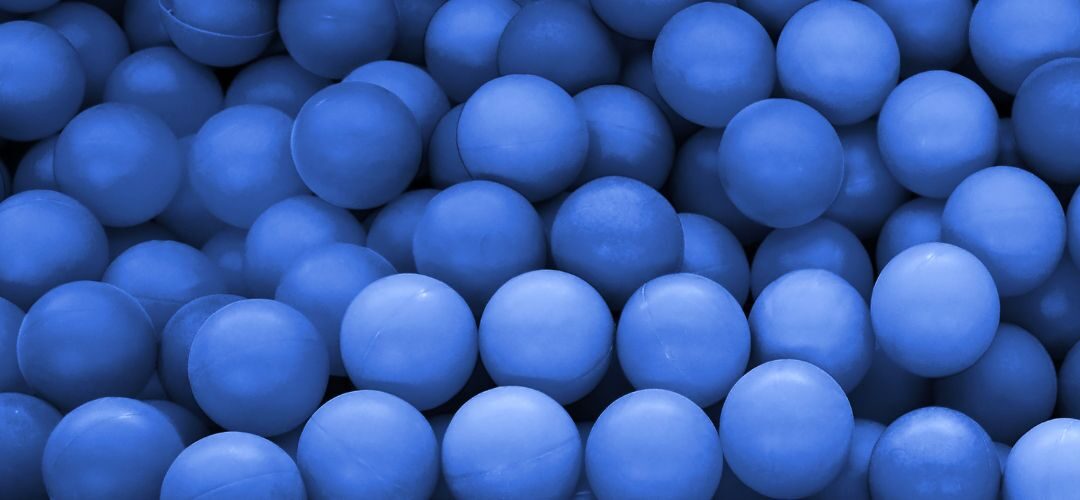Understanding Epididymal Hypertension

If you’re a man with an active sex life, chances are you’ve experienced blue balls following unfinished sexual arousal a few times in your life. As the slang term for epididymal hypertension, blue balls is the frustratingly uncomfortable testicular pain commonly experienced after being sexually aroused, only to be left hanging. Unfinished, in a state of sexual limbo.
Since we can confirm that blue balls is a real medical condition, it’s time to lay down the facts on what exactly is blue balls? What causes blue balls? And, what is the best way to treat blue balls?
What is blue balls?
Officially known as epididymal hypertension, blue balls is a men’s health condition that can cause temporary pain and discomfort in the male genitals, most commonly in one or both testicles, following an erection that doesn’t end in orgasm.
Blue balls is a condition that most commonly affects young adults, however, it can still affect men at any age after short-lived or prolonged sexual arousal.
Why is it called blue balls?
Let’s clear one thing up. The condition isn’t called blue balls because epididymal hypertension is near impossible to pronounce. It’s called blue balls for the simple reason that many men who experience blue balls believe it causes their testicles to turn blue. This may be due to oxygen in the blood supply being absorbed into the genital tissues, giving a faint blue, almost bruised, appearance.
Typically, the balls won’t turn blue due to epididymal hypertension alone (for most men). If you notice a blue tint to your balls, this could be a sign of testicular torsion – a condition that requires urgent medical attention.

Symptoms of blue balls
If you ever experience any of the following symptoms after unfinished sexual stimulation, there’s a chance you may be dealing with a case of blue balls:
-
Mild discomfort in the groin area
-
Sharp pain extending from the groin to the lower abdomen
-
Aching sensation in the scrotum
-
Burning sensations
-
A sensation of fullness in the testicles (likely due to swollen blood vessels)
-
Faint blue tint to the testicles
If you’re left feeling painful symptoms after unfinished sexual pleasure, seek help from a trusted healthcare professional.
What causes blue balls?
When it comes to what causes blue balls, first it’s important to wrap your head around the mechanics of an erection. And, it all begins in the brain.
When the male body experiences sexual arousal, the brain sends a message to the blood vessels in the penis to expand. As per the brain’s instruction, the body increases the blood flow to the penis, causing the penile expansion you know as an erection. Muscles in the genital area also restrict the veins carrying blood out of the penis so that more blood remains to form a longer-lasting erection.
In short, blue balls is caused by excess blood remaining in the penis and testicles during an erection for a prolonged time without sexual release.
Additional pain may result from pressure build-up in the epididymis (the tube that carries semen), which can occur when unable to finish off sexual performance and expel any semen.
How to treat blue balls
To acknowledge the elephant in the room on how to relieve blue balls; yes, an orgasm is the most obvious way to relieve the pain, discomfort, and frustration associated with blue balls. Whether the sexual release of orgasm is achievable via partnered sexual activity or solo masturbation, depends on your situation. However, it important to remember that any form of partnered sexual interaction (oral sex, penetrative sex, or anal sex) must only be pursued with a consenting partner.

There are other ways to relieve the sexual frustration and scrotal pain of blue balls if orgasm isn’t available as a form of sexual release.
First, try to distract yourself by thinking about something else or doing something to take your mind off the sensation of extra blood flow downstairs. You can also try applying heat to the area using a heating pad or warm compress. Or, in contrast, take a cold shower. Some men swear by exercise as a form or treatment to relieve the tension of blue balls. If the discomfort is more severe, it’s safe to take over-the-counter pain medication like ibuprofen.
Blue balls is not a serious condition and it usually disappears on its own within a few hours of sexual activity. However, if mild pain evolves into severe pain or hangs around for a prolonged period of more than a few hours, make an appointment with your doctor to rule out other potential health conditions related to your symptoms.
Are blue balls dangerous?
While blue balls is not a condition that’s usually considered dangerous, any form of scrotal pain can be uncomfortable and may require treatment, especially if other symptoms exist.
If you are concerned, contact your online healthcare provider or doctor. They can help you determine if you need treatment and what options are available.

Other causes of pain in the testicles
Testicular pain for an extended period should be addressed, especially if experienced in combination with other symptoms, such as lumps, enlarged testicles, lower back pain, or dull aches in the groin area. These symptoms could be signs of a more serious health problem that could require medical attention.
Apart from wearing underwear or pants that are too tight, other causes of painful testicles include:
Epididymitis-orchitis
A male health condition characterised by the sudden swelling of both the epididymis and the testicles.
Testicular torsion
Testicular pain caused by a twisting testicle. PSA: testicular torsion is a medical emergency that requires emergency surgery.
Testicular cancer
A form of cancer that develops in the testicles. Other symptoms of testicular cancer include lumps in the testicles, swollen lymph nodes, sudden fluid collection in the scrotum, and abdominal pain.
Kidney stones
Kidney stones are hard deposits made of salts and minerals that form inside the kidneys, and become incredibly painful to pass through bowel movements.
Diabetic neuropathy in the groin area
Diabetic neuropathy is a type of nerve damage that can result from having Diabetes. When this damage occurs in the groin area, pain in the testicles can be felt.
Varicocele
Varicocele is a condition that causes enlarged varicose veins to form in the testicles, leading to testicular discomfort, low sperm production and reduced sperm quality that can ultimately impact male fertility.
Mumps
A contagious disease caused by a virus that passes through saliva, nasal secretions, and close personal contact. Symptoms of mumps include fatigue, body aches, headache, loss of appetite, and fever.
Prostatitis
Prostatitis is inflammation of the prostate – the small gland located just under the bladder in men.
It’s never a good idea to jump to uneducated medical conclusions or trust Google with your health advice. If you ever experience testicular pain accompanied by other symptoms, seek professional medical advice to rule out serious conditions.
